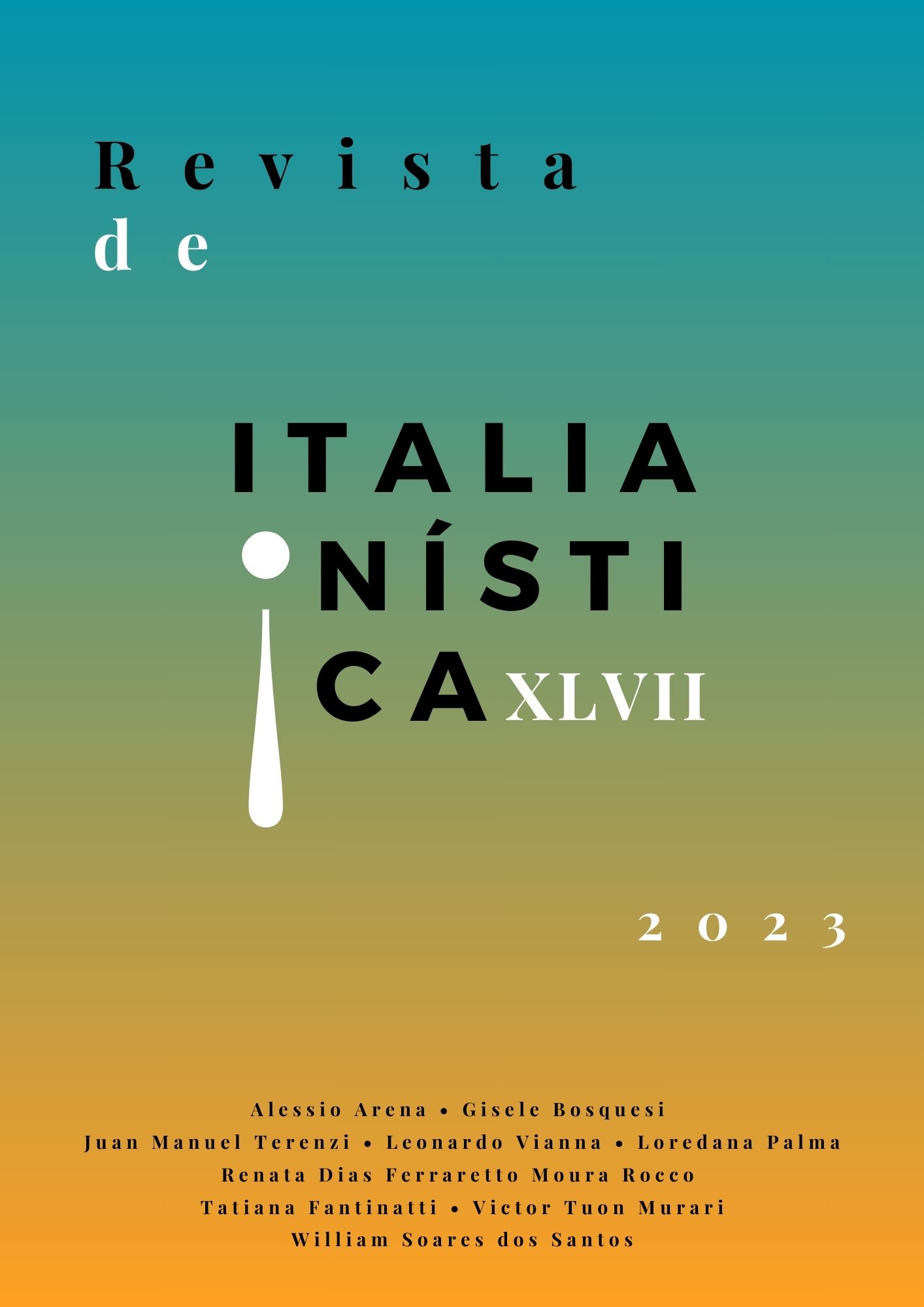The Autobiographical Act as a Strategy: The case of Italian painters in the first half of the 20th century
DOI:
https://doi.org/10.11606/issn.2238-8281.i47p101-119Keywords:
Autobiography, Massimo Campigli , Gino Severini , Giorgio De Chirico , Carlo CarràAbstract
The autobiographical act is part of a strategy used by modern artists as a way of ensuring that their version of events is preserved and judged in the future. For such a strategy to be successful, they must establish a relationship of trust with their readers, so that they can guarantee that their version of the facts is considered the most coherent and true. With this article, we propose to discuss some aspects of the autobiographical writings of four Italian painters: Carlo Carrà (La Mia Vita, 1943), Gino Severini (Tutta la vita di un pittore, 1946), Massimo Campigli (Scrupoli, 1955) and Giorgio De Chirico (Memorie della mia vita, 1960), bringing to light points of convergence and divergence between them. The choice of the four artists was guided by their performance during the fascist period, by the relevance established with relevant associations, such as: Futurism, Metaphysical Painting, Mural Painting and the "Italians of Paris" and by their activities as art theorists.
Downloads
References
BRUSS, E. Autobiographical acts. London: Johns Hopkins University Press, 1976.
CALLIGARIS, C. Verdades de autobiografias e diários íntimos. Revista Estudos Históricos, n. 21, v. 11, 1998, p. 43-58.
CAMPIGLI, M. Nuovi Scrupoli. Turim: Umberto Allemandi, 1995.
CAMPIGLI, M. Scrupoli. Veneza: Cavallino, 1955.
CARRÀ, C. La Mia Vita. 1ª ed. Milão: Feltrinelli Economica, 1981.
CAUQUELIN, A. Arte Contemporânea: uma introdução. São Paulo: Martins Fontes, 2005.
DE CHIRICO, G. Memorie della mia Vita. Milão: La Nave di Teseo, 2019.
FERRARIO, R. Les italiens: sette artisti italiani alla conquista di Parigi. Turim: UTET, 2017.
GUSDORF, G. Conditions and Limits of Autobiography. In: OLNEY, J. (org). Autobiography: Essays Theoretical and Criticalm. Princeton: Princeton Univesity Press, 1980, p. 28-48.
HINOJOSA, L. W. The modern artist as História, Courtier, and Sant: Typology and Art History from Vasari to Pound. Fort Wayne: Clio, 2006, p. 201-224.
LEJEUNE, P; NORONHA, Jovita Maria G. (org.) (trad.) O Pacto Autobiográfico: de Rousseau à Internet. 2a ed. Belo Horizonte: Editora UFMG, 2014.
MAGALHÃES, A. G. Classicismo Moderno: Margherita Sarfatti e a Pintura Italiana no Acervo do MAC USP. São Paulo: Alameda, 2016.
SEVERINI, G. Tutta la Vita di un Pittore. Milão: Garzanti, 1946.
Downloads
Published
Issue
Section
License
Copyright (c) 2023 Revista de Italianística

This work is licensed under a Creative Commons Attribution-NonCommercial-NoDerivatives 4.0 International License.
A revista retém os direitos patrimoniais dos artigos e os publica simultâneamente sob uma Licença Creative Commons-Atribuição-Não Comercial-Sem Derivações.



